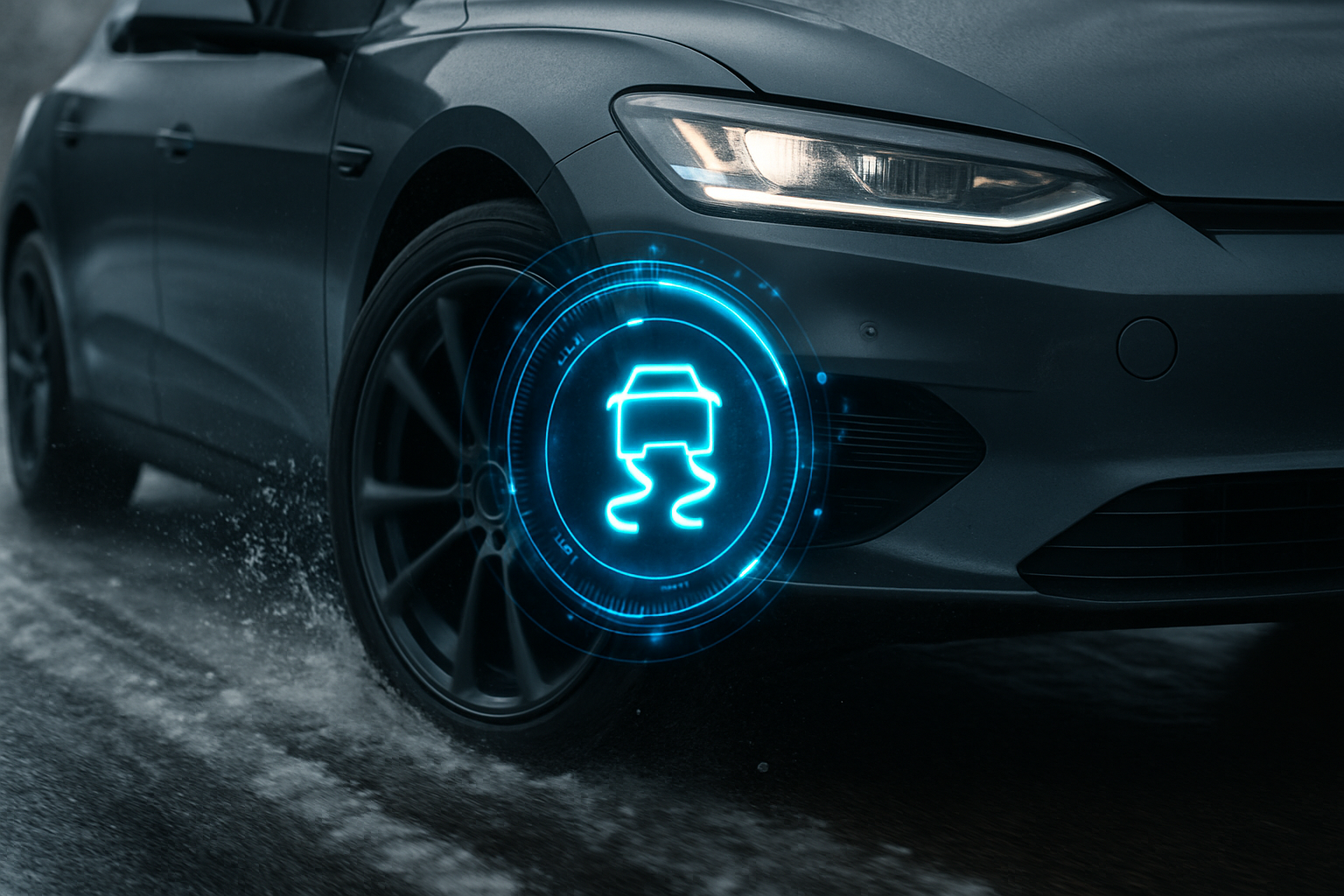Traction Control: The Unsung Hero of Modern Driving
In the realm of automotive safety features, traction control stands as an often overlooked yet crucial component. This sophisticated system, working silently beneath our feet, has revolutionized the way we drive, especially in challenging conditions. But what exactly is traction control, and how has it evolved to become an indispensable part of our vehicles?

The Genesis of Traction Control
Traction control systems trace their roots back to the 1970s when automotive engineers began exploring ways to enhance vehicle stability. The concept was simple: prevent wheel spin during acceleration, especially on slippery surfaces. However, the implementation was far from straightforward.
Early attempts at traction control were rudimentary, often relying on mechanical systems that were bulky and inefficient. These systems would detect wheel spin and reduce engine power, but their responses were often slow and imprecise. As a result, they were limited to high-end luxury vehicles and were seen more as a novelty than a practical safety feature.
The Digital Revolution
The true breakthrough for traction control came with the advent of digital technology in the automotive world. As cars began to incorporate more sophisticated electronic systems, traction control evolved into a highly responsive and intelligent feature.
Modern traction control systems utilize an array of sensors that monitor wheel speed, vehicle speed, and even the direction of travel. When these sensors detect a loss of traction, they can react in milliseconds, adjusting engine power and applying brake pressure to individual wheels as needed.
This level of precision and speed has transformed traction control from a luxury feature to an essential safety system. It now works in harmony with other vehicle systems, such as anti-lock brakes and stability control, to create a comprehensive safety net for drivers.
Beyond the Basics: Advanced Applications
While the primary function of traction control remains preventing wheel spin during acceleration, its applications have expanded significantly. In performance vehicles, traction control systems have been fine-tuned to enhance handling and improve lap times on racetracks.
Some high-performance cars now feature multiple traction control modes, allowing drivers to adjust the system’s intervention level based on their preferences or driving conditions. This adaptability has made traction control an ally for enthusiasts, rather than a hindrance to performance driving.
In off-road vehicles, traction control has been adapted to tackle challenging terrains. These systems can detect when a wheel is losing contact with the ground and redirect power to wheels with better traction, significantly improving a vehicle’s ability to navigate difficult landscapes.
The Unsung Environmental Impact
An often-overlooked benefit of traction control is its positive environmental impact. By optimizing traction and reducing wheel spin, these systems help vehicles maintain more efficient acceleration. This results in better fuel economy and reduced emissions, particularly in urban environments where stop-and-go traffic is common.
Moreover, by reducing the likelihood of accidents in adverse conditions, traction control indirectly contributes to sustainability by extending the lifespan of vehicles and reducing the resources needed for repairs and replacements.
The Future of Traction: Integration and Intelligence
As we look to the future, traction control is poised to become even more sophisticated. The integration of artificial intelligence and machine learning algorithms promises to create systems that can predict and prevent traction loss before it occurs.
Imagine a traction control system that can analyze road conditions, weather patterns, and even your driving style to provide personalized, proactive adjustments. This level of intelligence could revolutionize vehicle safety, particularly as we move towards more automated driving systems.
Additionally, the advent of electric vehicles with individual wheel motors presents new opportunities for traction control. These systems can offer unprecedented levels of precision in power distribution, potentially redefining our expectations for vehicle stability and performance.
Challenges and Considerations
Despite its many benefits, traction control is not without its challenges. Some drivers find the system’s intervention intrusive, particularly in performance driving scenarios. This has led to ongoing debates about the balance between safety and driver engagement.
There’s also the question of over-reliance on technology. While traction control significantly enhances safety, it’s crucial for drivers to understand its limitations and maintain good driving practices, especially in adverse conditions.
As we continue to push the boundaries of automotive technology, traction control will undoubtedly evolve. The key will be striking the right balance between safety, performance, and driver autonomy.
In conclusion, traction control has come a long way from its humble beginnings. It now stands as a testament to the automotive industry’s commitment to safety and innovation. As we navigate the future of mobility, this unsung hero of modern driving will continue to play a crucial role in shaping our relationship with vehicles and the roads we travel.





